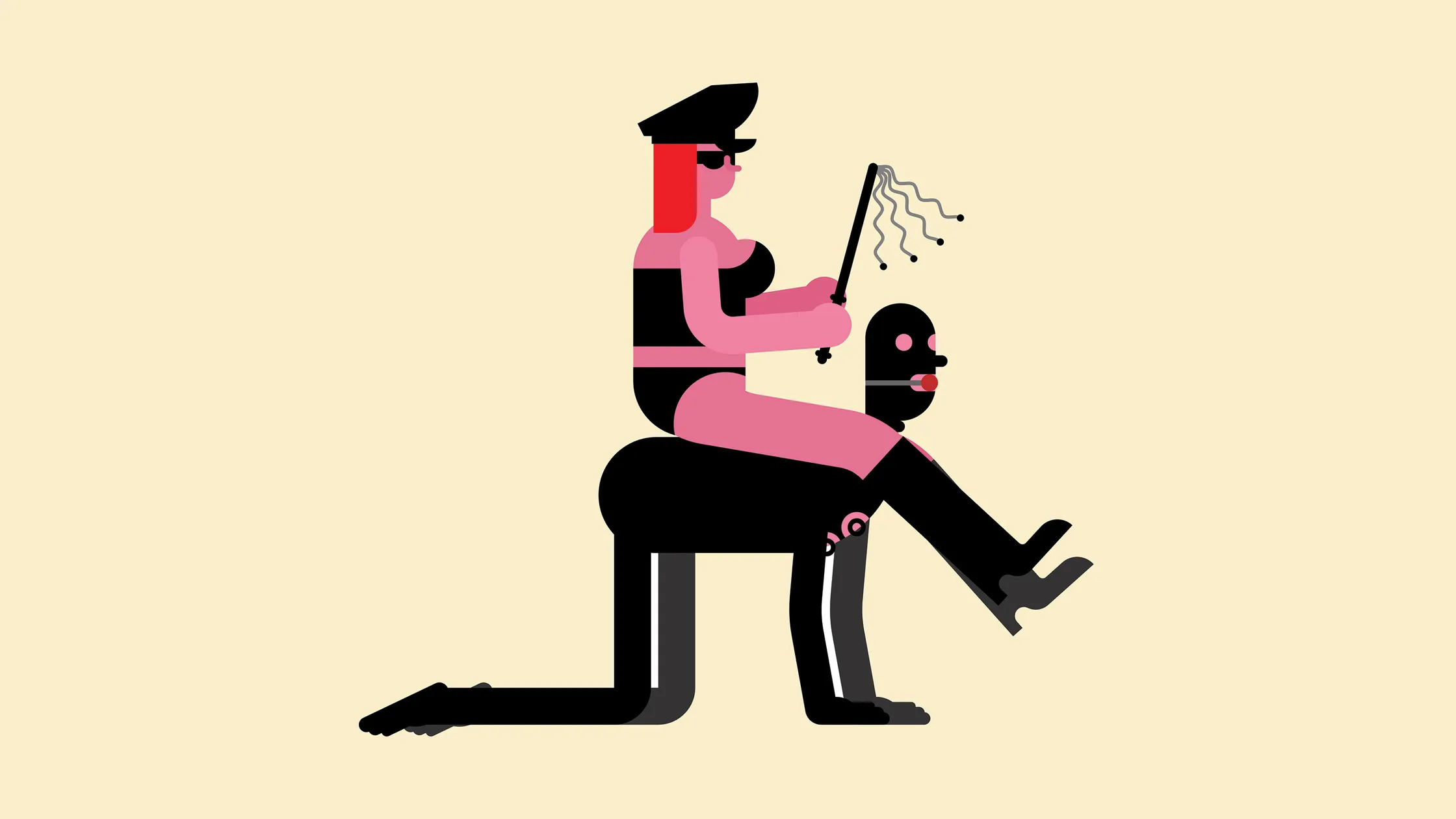
06 Jan “Cat”?”Puppy”?How to explain the role in BDSM?—–Freya 10
In BDSM (Bondage, Discipline, Dominance, Submission) and power exchange dynamics, animal role-playing is a common and expressive practice. Among these, the roles of “cat” and “dog” are particularly frequent. These roles are not merely symbolic, but represent deeper emotional and psychological dynamics. Cats and dogs, as animals we know well, take on significant roles in power exchange, embodying specific characteristics and behaviors that help participants explore their desires and power dynamics. So, why are cats and dogs so commonly used in these contexts? What do they represent, and how are they utilized in power exchange? This article explores these questions in depth.
1. The Symbolic Meaning of Cats and Dogs in Power Exchange
Animal role play is a prominent feature in power exchange culture, and cats and dogs, as two of the most familiar animals, each carry distinct symbolic meanings in this context.
Cat: A Symbol of Independence and Challenge
Cats are often associated with independence, mystery, and aloofness. They don’t rely on humans and often display calmness, pride, and elegance. In power exchange dynamics, cats often represent a dominant force that is neither fully submissive nor completely rebellious. The role of the cat is usually played by the dominant partner, who maintains a subtle yet powerful control over the other person.
Independence and Confidence
Cats are known for their independent nature, which is reflected in their self-reliance and autonomy. In power exchange, the “cat” role is ideal for those who want to embody dominance with a high level of self-control, subtlety, and strategy. Cats express power not through overt command, but through aloofness, intelligence, and quiet challenges. They may use indirect forms of control, such as teasing or subtle provocation, rather than brute force, which makes this role suitable for those who enjoy a more nuanced and complex dynamic.
Subtle Challenge and Resistance
Another key feature of cats is their occasional aloofness or rebelliousness, but this rebellion is often not direct defiance. Instead, it manifests through their attitude of challenge, elegance, or even indifference. In power exchange, a dominant “cat” might not demand full submission, but rather subtly test or challenge their partner, maintaining control through finesse. This makes the cat role ideal for those who like to seek challenges in their power dynamic and enjoy playing mind games with their partner.
Dog: A Symbol of Loyalty and Submission
In contrast to the independent nature of cats, dogs represent loyalty, dependence, and submission. Dogs are known as the most loyal companions to humans, showing unconditional devotion and obedience. In power exchange, the dog often symbolizes the partner who submits, embodying complete obedience and reliance on the dominant partner.
Loyalty and Dependence
Dogs are creatures known for their unwavering loyalty and dependence. In power exchange, the “dog” role is usually played by the submissive partner, representing an individual who offers unconditional obedience and loyalty to the dominant partner. Dogs in power exchange are not just obedient—they are emotionally invested in their dominant, often seeking safety and emotional comfort through their submission. This role focuses on complete trust and loyalty, where the submissive finds fulfillment in offering their full devotion.
Comfort and Control
The submissive “dog” often seeks emotional release through total obedience. Unlike the more independent “cat,” the dog fully embraces their submissive role, finding psychological satisfaction in giving up control. This role allows the submissive to experience safety and emotional fulfillment through their complete reliance on the dominant partner. By embracing this submission, the dominant partner feels a sense of power, control, and responsibility, while the submissive feels comforted and emotionally secure.
2. How Are Cats and Dogs Used in Power Exchange?
Cats and dogs are not only symbolic figures in power exchange; they also play a very practical role in the actual dynamics. From role-playing to attire and behavior, these animal roles are actively used to enhance the interaction of control and submission.
The Cat’s Use in Power Exchange
As a dominant figure, the “cat” is often used in the following ways:
Posture and Behavior:
Cats are typically portrayed as aloof, graceful, and proud. In power exchange, the dominant partner may embody these traits through their posture, such as walking slowly, tilting their head, or maintaining a detached gaze. These subtle movements serve to convey their power without overtly commanding it. A dominant “cat” might use eye contact, a soft but firm tone, and minimal, calculated gestures to assert control, rather than issuing harsh orders.
Commands and Subtle Control:
Unlike the stereotypical aggressive dominant, a “cat” uses commands that are often soft and measured, asserting control through intelligence and strategy rather than force. The dominant cat may lead their partner with subtle instructions, creating a psychological dynamic of influence, rather than direct confrontation. The dominant might ask for specific actions in a nonchalant manner, maintaining a sense of control without aggression.
Attire and Accessories:
To further embody the “cat” persona, the dominant partner may wear cat-inspired clothing such as cat ears, tails, or collars. These accessories help the dominant participant get into the role and create a more immersive experience for both parties. Such attire is not just for decoration but serves to deepen the power exchange dynamic, reinforcing the dominant’s role.
The Dog’s Use in Power Exchange:
As a submissive, the “dog” role is typically more direct and involves more overt expressions of obedience.
Posture and Behavior:
The submissive in the “dog” role may adopt behaviors that reflect obedience and dependence, such as crawling, kneeling, or bowing their head. These physical gestures not only show submission but also serve to create a sense of humility and deference toward the dominant. The submissive dog might also engage in behaviors like following the dominant’s commands with servitude, reinforcing their submissive role.
Obedience and Commands:
Dogs in power exchange are highly obedient, responding immediately to commands and showing no hesitation. They embrace their role fully, carrying out actions like crawling on all fours, staying close to the dominant, and performing tasks that reflect their servitude. The dominant’s commands might involve giving the submissive tasks that highlight their role, such as fetching items or responding to verbal instructions with immediate compliance.
Attire and Accessories:
Just as the dominant “cat” wears cat-inspired attire, the submissive “dog” might wear accessories like collars, dog ears, or tails to enhance their role. The collar, in particular, is a powerful symbol of ownership and submission, signaling the submissive’s devotion and the dominant’s control. The use of these accessories strengthens the psychological and emotional connection between the dominant and submissive, allowing the roles to feel more real and immersive.
3. The Complementary Nature of Cat and Dog Roles
Although cats and dogs in power exchange represent opposing sides of the power dynamic—one as dominant, the other as submissive—they complement each other well. In many power exchange relationships, the roles of “cat” and “dog” are played by different participants, with the “cat” embodying independence and control, while the “dog” expresses obedience and loyalty.
This complementary nature enhances the dynamic of power exchange, making the relationship more multifaceted. The dominant “cat” does not require full submission, but instead uses subtlety, intellect, and challenge to maintain power. The submissive “dog,” on the other hand, seeks comfort and fulfillment through complete submission. Together, they create a balance of power that can feel dynamic and deeply satisfying for both parties.
Cats and dogs are frequent and meaningful symbols in power exchange dynamics. In these contexts, they represent deeper emotional needs and the roles that partners play within these power dynamics. The “cat” symbolizes independence, subtlety, and control, while the “dog” embodies loyalty, obedience, and submission. Through their behaviors, attire, and actions, these roles help participants explore different aspects of power and intimacy in a safe, structured environment. The mutual respect, emotional connection, and understanding of roles in a power exchange relationship are enhanced by the use of these animal metaphors, allowing for a richer and more fulfilling experience of BDSM.
After read this article, if you’re interest by this role play, Freya Ten offers some tools available in our store that you may find useful, such as collars or handcuffs. If you need more, feel free to browse our website for more products that you like. We’re very happy that you trust us and have placed an order!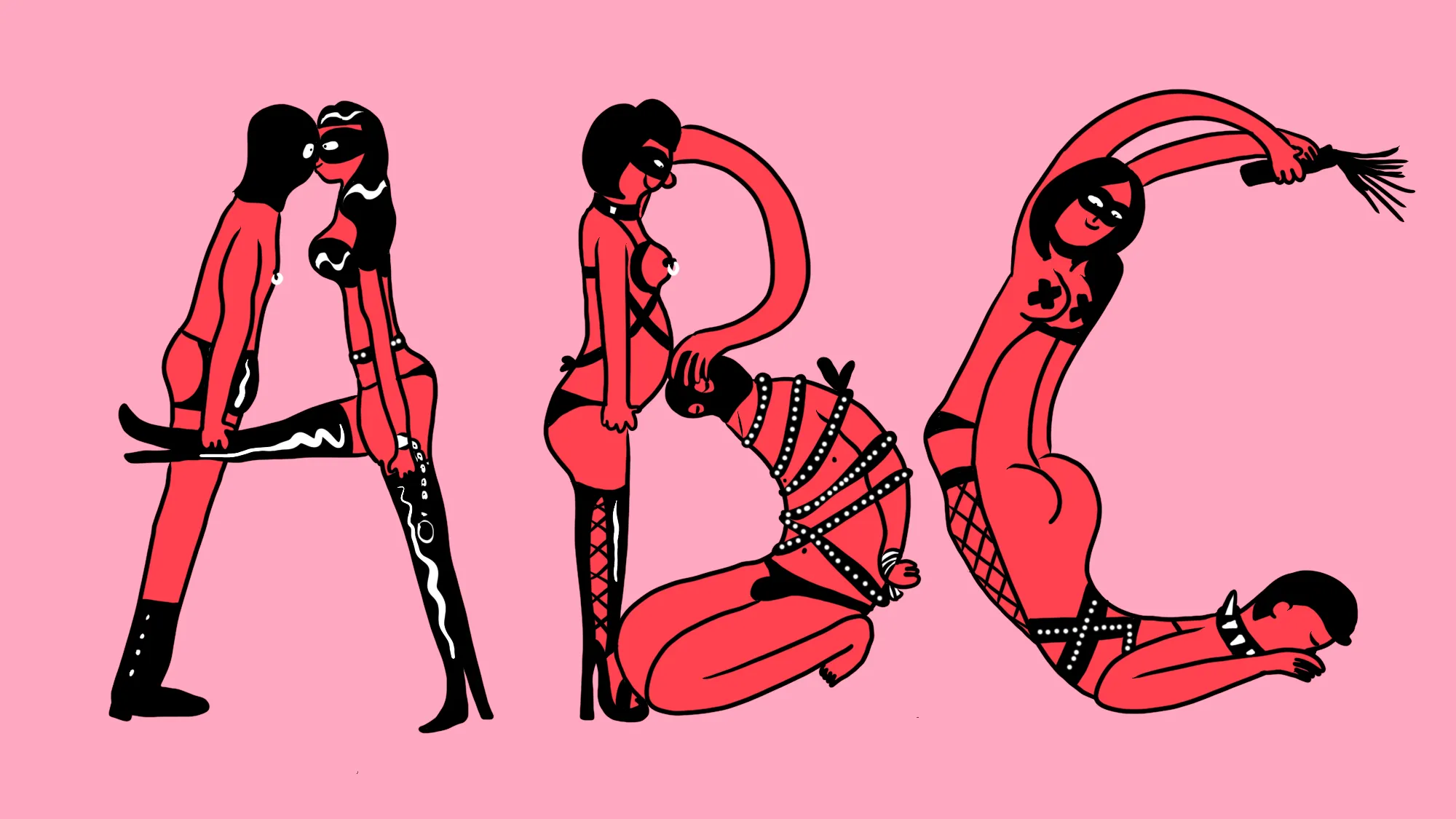
Further Readings:
Why Are Alternative Sexual Practices Gaining Popularity? Discover the 5 Key Psychological and Social Drivers.
3 Ways to Try Power Play for the First Time (You Won’t Believe on 2!)
Why BDSM is Not the Same as Abuse: Understanding Consent, Communication, and Trust
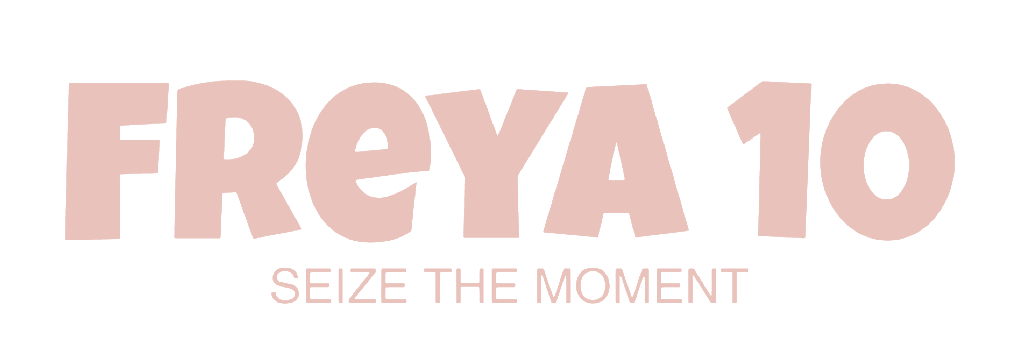

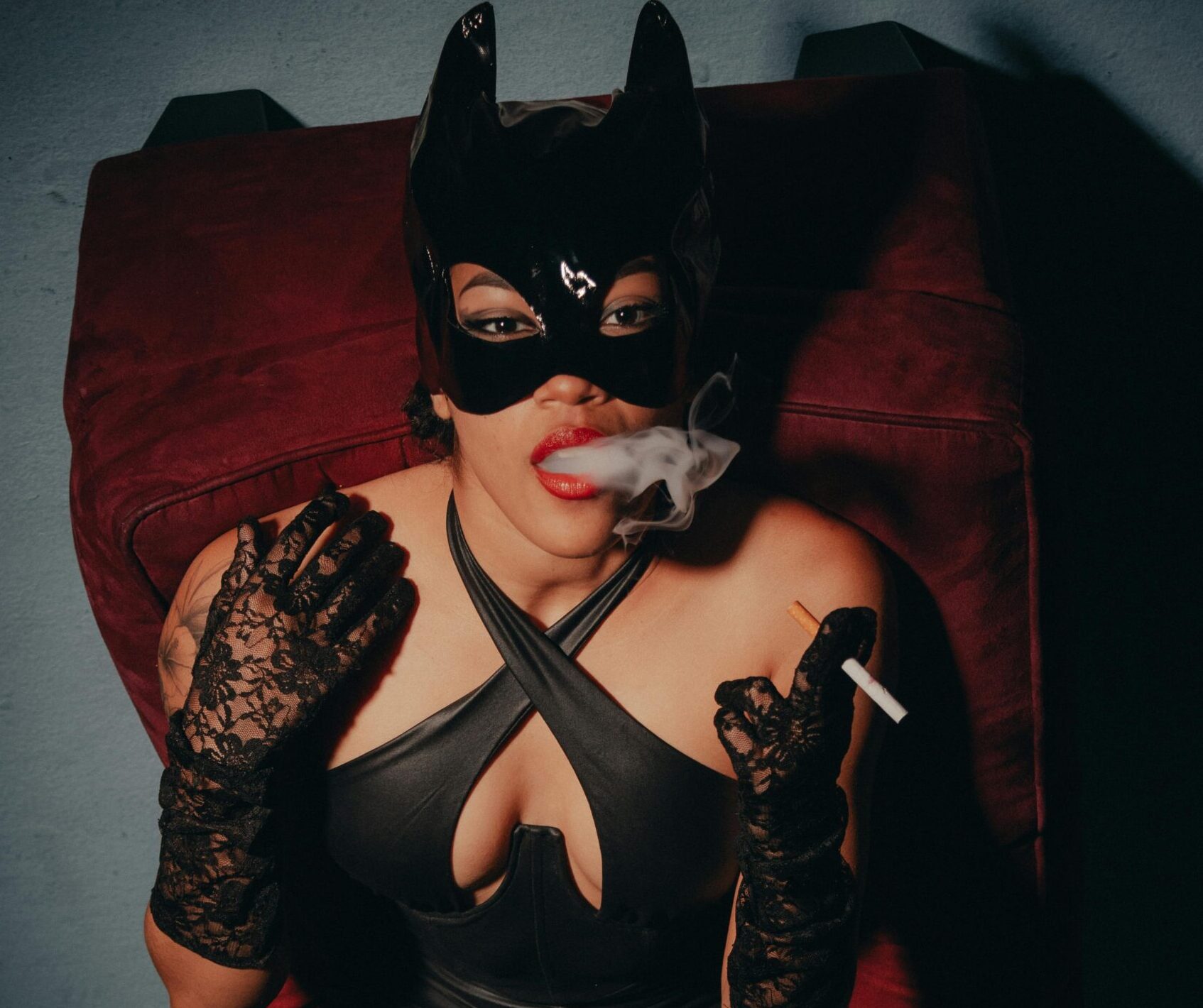
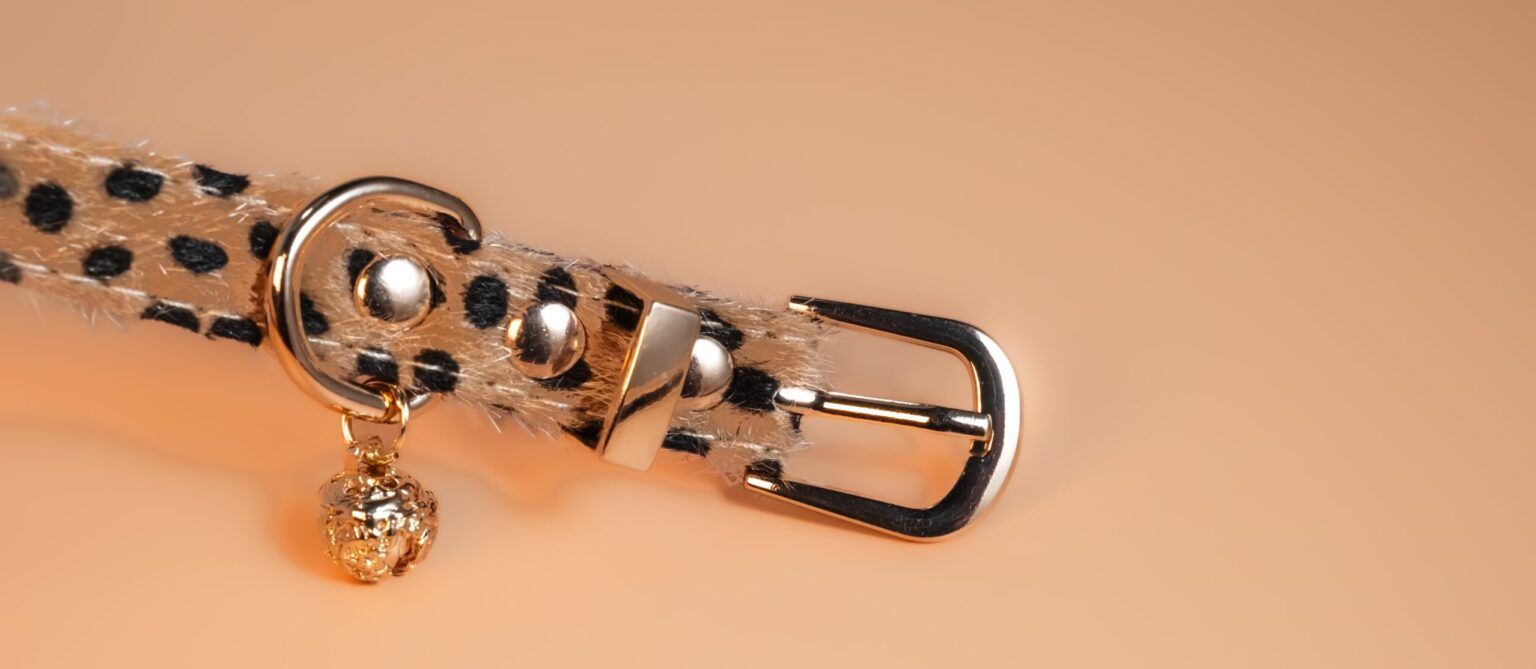
No Comments